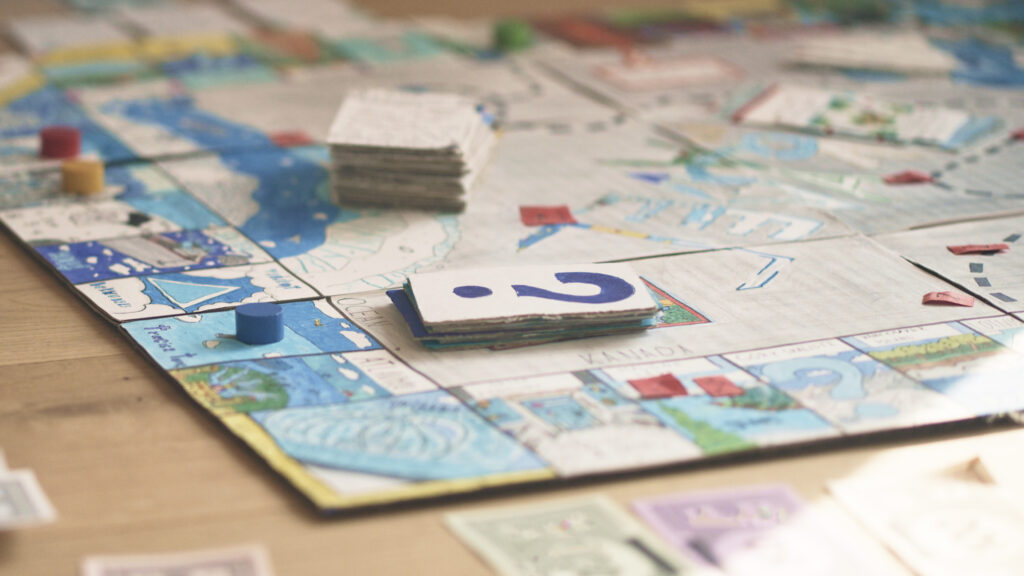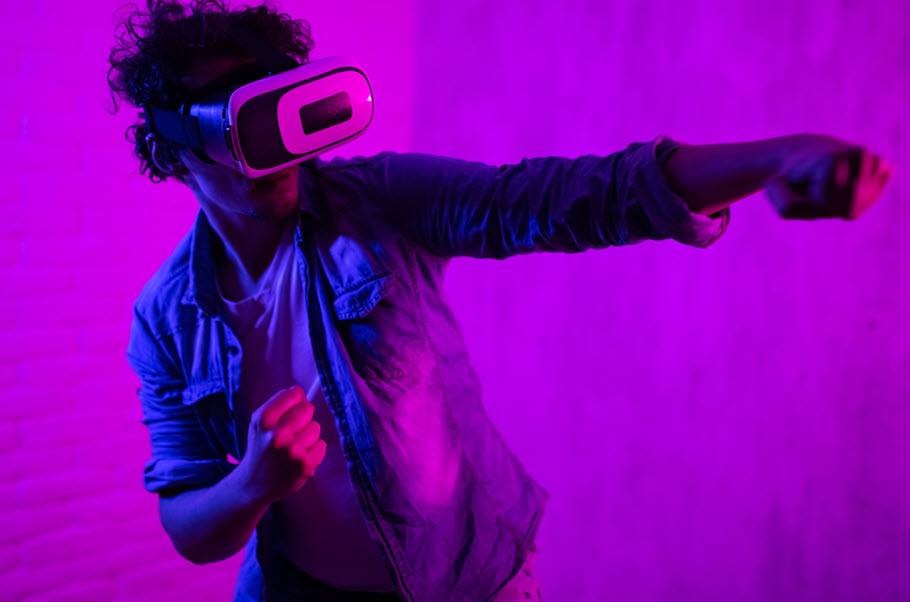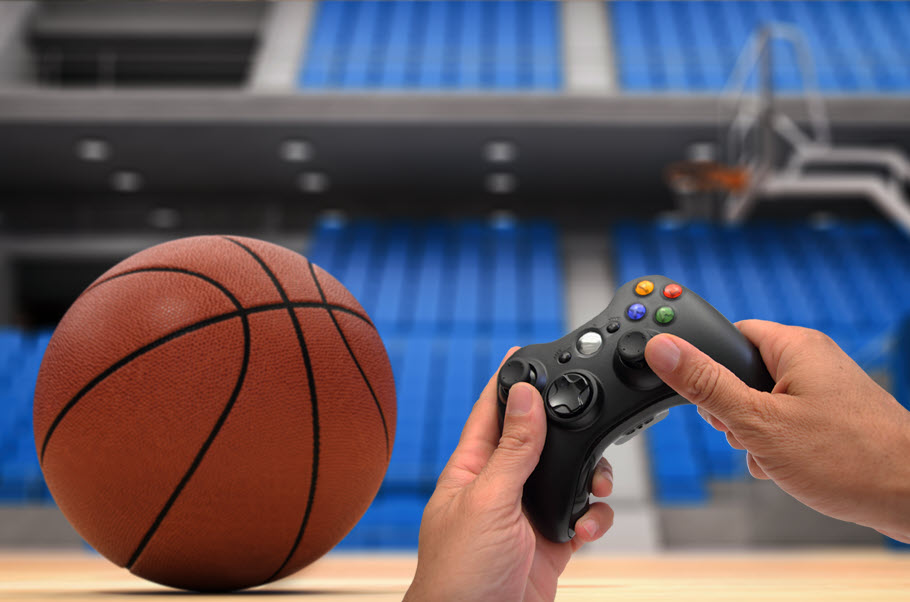A Brief History of Handheld Consoles
These are the pocket-sized options that changed gaming.
When video games first rose to popularity in the 1980s, arcades were all the rage. Millions would visit the digital fun houses and pop quarters into big cabinet-sized machines to play titles like Pac-Man and Space Invaders, trying to outdo bad guys and get to the next stage.
Eventually technology advanced, allowing players to enjoy gaming at home, mostly with the groundbreaking and extremely popular Nintendo® Entertainment System (NES®). But when smaller handheld consoles made their appearance, a whole new market opened up.
Here’s the history of those gems.
VIDEO GAME WATCHES (late 1970s)
One of the first handheld games to garner attention was the basic 1977 Mattel title Football I. A few years later, though, companies began making even smaller gaming devices, with the first video game watches debuting in the early 1980s. A company called Nelsonic Industries kicked things off with a rudimentary gaming watch called Space Attacker, which was similar to the popular Space Invaders arcade game. Casio also offered a similar gaming watch. Soon these devices became even more varied, with options ranging from The Legend of Zelda™ to Super Mario Brothers™ to Tetris and even Star Fox. While not especially advanced by today’s standards, they were innovative due to their compact size.
GAME BOY™ (1989)
Although the first handheld game console with interchangeable cartridges — a feature that single-game watches didn’t allow — was Milton Bradley’s Microvision (released in 1979), the Nintendo® Game Boy™, which hit the market ten years later, was really the handheld device that started it all. It offered more intricate gameplay than anything that came before it and gave users the chance to play games similar to the larger (and beloved) NES console but in a portable, battery-operated manner. The Game Boy was so popular that the device sold over a million units in just a few weeks and the many iterations released since have sold some 120 million units. After its inception, other versions have been released, including Game Boy Color™, Game Boy Advance™, Game Boy Pocket™ and, later, the Nintendo DS Lite®.
ATARI LYNX (1989)
The Atari Lynx handheld controller launched just two months after Game Boy. Atari had previously created a successful home console in the 1970s (known for titles like Pitfall), but this handheld system offered color gameplay right off the bat, and in a more advanced 16-bit format, as opposed to the 8-bit Game Boy. In 1991, the follow-up Lynx Model 2 was released. While Atari did have an established name in the gaming world, the Lynx system never took off like its Nintendo counterpart, with 71 games released for the Lynx compared to nearly 1,100 for Game Boy.
GAME GEAR (1990)
Game Gear was the biggest contemporary rival to Game Boy, more so than the Lynx or others on this list. It offered titles from its parent console, the Sega Genesis, which had achieved popularity thanks to its mascot, Sonic the Hedgehog. Unlike the original Game Boy, the Game Gear also offered games in color, not just black-and-white. One issue the handheld console had, however, was that it ran on 6 AA batteries, which lasted only a handful of hours, whereas the Game Boy ran on 4 AA batteries for much longer. Later, Sega released the Genesis Nomad, though that’s considered a commercial flop today.
TURBOEXPRESS (1990)
Also released in 1990, TurboExpress was a portable version of TurboGrafx-16, a 16-bit home console system that rivaled Sega Genesis and was known for its signature character, the cave boy Bonk. What set this handheld device apart, however, was that gamers could use to the same slim cartridge in their TurboGrafx-16 home consoles as they could in their handheld ones, enabling them to freely swap between handheld and home devices. But because TurboGrafx-16 simply wasn’t as popular as the NES or Sega Genesis, this offering failed to sell any more than 1.5 million units, even though it was in some ways more advanced.
NEO GEO POCKET COLOR (1999)
This handheld from the Japanese company SNK is remembered for its innovations as well as its failure to compete with Game Boy. Today, the Neo Geo Pocket Color is noted for its clear color screen and extremely sensitive controls — perfect for combat games. Unfortunately, it was also one of about a dozen handheld devices released between the early 1990s and the 2000s (such as WonderSwan, Watara SuperVision and Mega Duck) that were commercial failures.
PLAYSTATION® PORTABLE (2004)
This handheld system from Sony proved to be the next major innovation in the market thanks to its advanced graphics and extensive library of PlayStation® games. Over the course of 10 years, the device sold more than 80 million units. The PSP, as it was nicknamed, could also connect to a player’s home PlayStation 2® or PlayStation 3® consoles and even play real movies. In this way, it was more like a portable entertainment system, not just a gaming one. Since its inception, Sony has released numerous sequels, including the PlayStation Vita® in 2011.
NINTENDO SWITCH (2017)
The Nintendo Switch™ is one of the most recent innovations in handheld systems, and it’s as versatile and enjoyable as any device ever made. It can be used as on its own or connected to a home television, sound bar or AV receiver like a console, and can be played by one or two gamers simply by removing the small controllers on the sides of the device. Notably, just like a modern cell phone, the Switch also allows players the option of online gaming thanks to its internet connectivity. Since its 2017 release, the Switch has sold more than 125 million units. What else would you expect from the company that essentially started it all with Game Boy?















